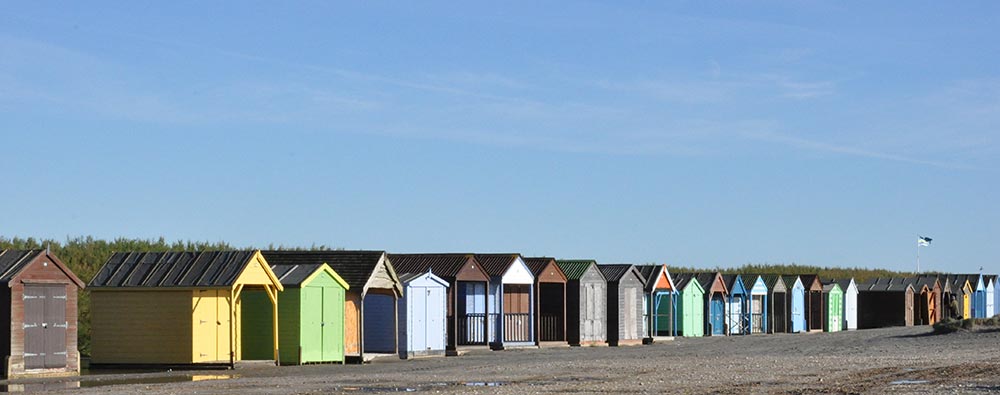Recent History
In 1917 Henry Royce moved to Elmstead House, bringing with him a team of design engineers. The Merlin engine, as used in Spitfires, Hurricanes and Lancasters, was designed in the Studio and several roads in the village are named after him. During World War II houses on the Strands were requisitioned by the military authorities. The Hoy was opened by the local WVS in 1940, serving over 290,000 meals in the five years it was open. The practice of bringing landing craft ashore for Operation Overlord (1944) was undertaken all along Bracklesham Bay in preparation for D-Day.
In 1948 Mrs Dent, of the well-known publishing family, gave an area of open farmland to the Parish, and this is now the recreation ground in Rookwood Road.
In 1951 the Church Commissioners gifted Snowhill Green to the Parish Council to remain an open space in perpetuity. At the same time they began to sell environmentally valuable land. With the preservation of the rural and undeveloped nature of the property and its surroundings in mind, a small group of local residents formed the ‘West Wittering Preservation Trust’ (now known as West Wittering Estate Plc.). In 1952 they purchased 167 acres of land, including coastal farmland to East Head, together with foreshore to the mean low water mark to prevent the development of a holiday complex. This land is now within an AONB and SSSI and is protected from any form of development which might disturb its rural nature.
In 1964 East Head was gifted to the County Council and then to the National Trust, which still retains ownership of this fragile area of natural beauty.
Within the same ethos private companies namely Cakeham Manor Estate Ltd and Webbs Land Ltd have purchased agricultural land to prevent commercial development, thus protecting the strategic gap and ensuring preservation for future generations.
